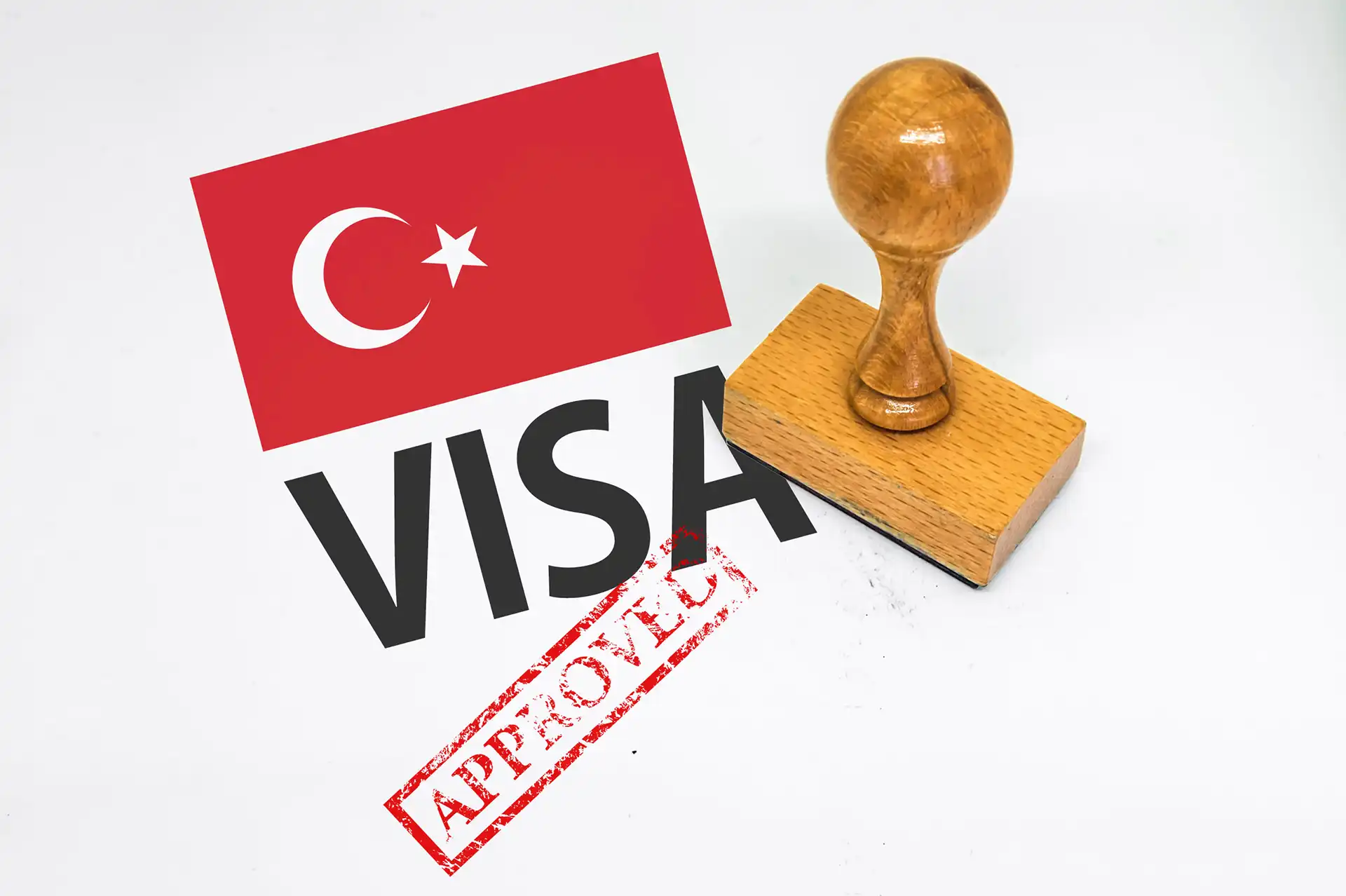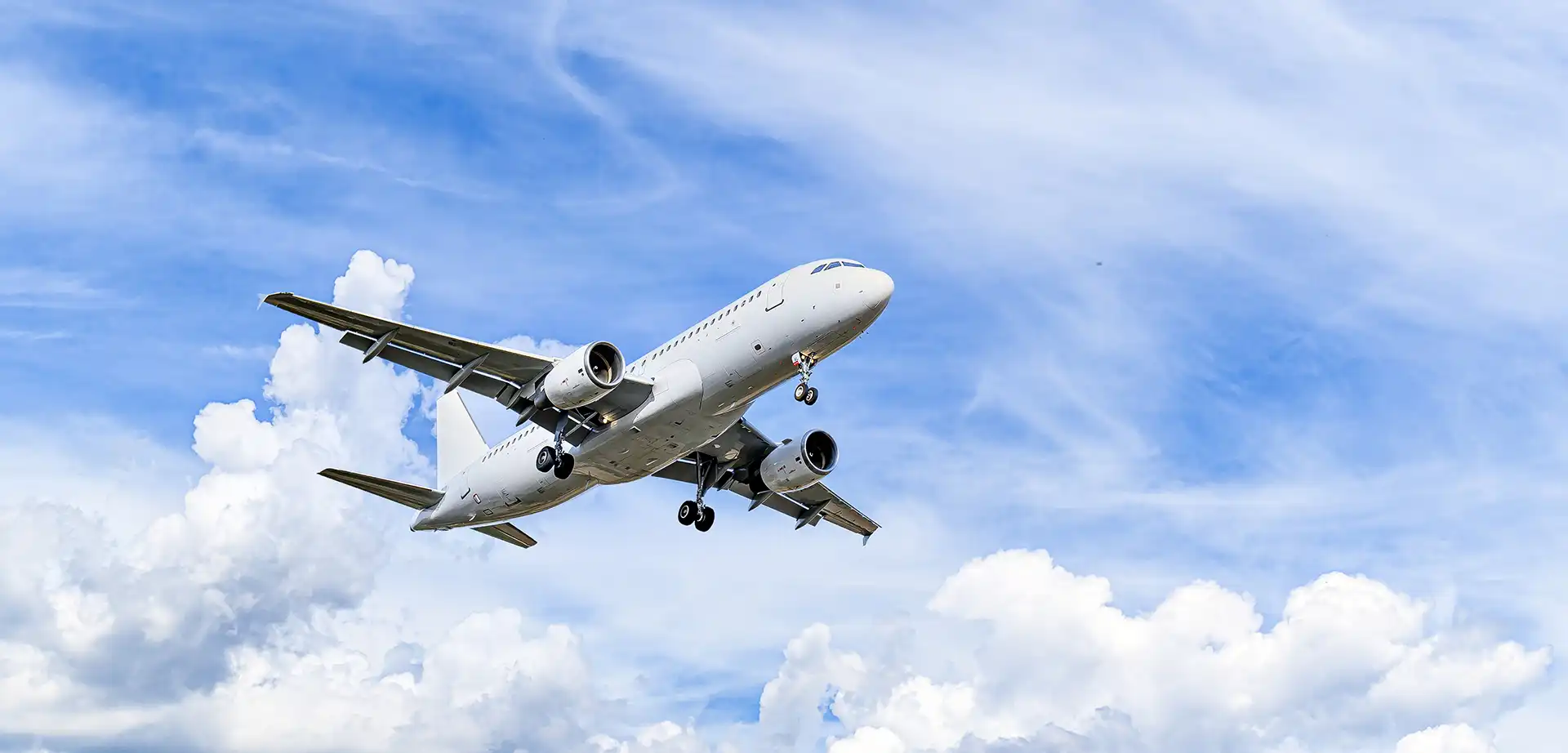
US F1 Student Visa
Table of contents
- Table of contents
- Overview
- F1 Visa Validity and Duration of Stay
- F1 Visa Eligibility
- F1 Visa Purposes
- Required Documents for F1 Visa
- F1 Visa Application Steps
- F1 Visa Interview
- F1 Visa Fees
- Where to Apply for F1 Visa
- When to Apply for F1 Visa
- F1 Visa Processing Time
- F-2 Visa (Dependents of F1 Visa Holders)
- FAQ about F1 Visa
Overview
Perhaps the most popular of the Student Visas, the F1 Visa type allows foreigners to enter the United States for the purpose of studying there on a non-permanent basis. A non-immigrant visa, the F-1 is the main avenue for international students looking to attend university or enroll at lower level educational institutions in the country. Additionally, foreigners looking to pursue religious education or enroll in music or language school can do so on an F1 Visa.
F1 Visa Validity and Duration of Stay
The F1 Student Visa traditionally allows for a duration of stay that includes the length of the visa holder’s selected program plus an additional 60 days. However, extending a F1 Visa is possible.
F1 Visa Eligibility
In order to be eligible for the F1 Student Visa you must meet the F1 Visa requirements. These include:
- Showing proof of acceptance into a legitimate US educational institution/program of a scholastic nature, which is also SEVP (Student and Exchange Visitors Program) approved.
- Are entering the school as a full-time student
- Are able to communicate as well as understand the English language (or are taking English language classes)
- Can personally pay for all your living expenses as a student in the United States
- Show proof of keeping (and intending to keep) a permanent dwelling located in your country of residence
F1 Visa Purposes
You can enter the country on a US F-1 Student Visa, so long as your reason for doing so reflects your intention to enroll in an American institute of higher education (including college and university) or in a high school or elementary school. Please note that F-1 visa holders can only enroll in private elementary school, and that those who enroll in public high school must reimburse the state for the cost of their education ). Foreigners looking to enroll as students in music, language-learning, or religious institutions are also allowed to pursue an F-1 Student Visa.
Required Documents for F1 Visa
Applicants for F1 Student Visas will need to submit the below documents:
DS-160 application form
The DS-160 is a major element of the complete F1 Visa application. It is accessible online.
I-20 Form
Students receive this form from their SEVP school; it should be signed by both the student and the institution
Passport
A government-issued, valid travel document, with an expiration date that covers the entirety of the US Student Visa period, plus an additional six months.
Payment (and confirmation of payment)
Total (non-refundable) payment (and payment confirmation) of the US Student Visa cost (alternatively, you will be able to pay for your US Student Visa fees at your visa interview appointment).
Applicant Photo
Colorized, recently captured, passport-sized image, which should be submitted electronically as a component of the DS-160 application form (or alternatively submitted in paper copy at visa appointment).
Additional documents
Students (especially minors) may be asked to provide documents attesting to the following:
- Identity (additional IDs, documents denoting family history)
- Proof of finances (financial documents, evidence of current and consistent employment)
- Proof of travel (study/enrollment in academic program)
- Proof of exit (evidence that the student will exit the country before the expiration of his or her US Student Visa)
F1 Visa Application Steps
- Decide when you need to travel
Consider the starting date for when your school/program begins (i.e. when you need to enter the US) so that you receive your Student F1 status in time to attend.
- Find your application destination
US Student Visa applicants must apply through a US Embassy or Consulate—usually in their country of residence.
- Apply to SEVP School
You must have proof of acceptance into an SEVP School in order to proceed with the rest of your F-1 Student Visa application process. Once you have been accepted, you will do the following:
- Remit SEVIS I-901 payment fee
- Receive your I-20 Form
- Enroll in SEVIS system - Assemble your application
Access the online F1 Visa application for the F1 Visa type, which consists of the DS-160 form. Please note that this form must be completely filled out (in English) and printed out in advance of your visa interview, where you will be asked to present a paper copy of the DS-160 Confirmation page as well as your I-20 form.
Assemble the rest of your application by gathering the rest of your basic required materials, such as your passport. - Pay the fee for applying for your visa
It is possible that you will be asked to pay this fee (usually $160) at a later stage in your F-1 application process.
- Make an appointment for a visa interview
In-person visa appointments are required for the majority of US Student Visa applicants (would-be middle school students—i.e. anyone age 13 or less—are typically exempt).
Your visa interview will be held at the US Embassy or Consulate you are applying through, and it is likely where you will submit your complete application).
Because it can sometimes take days, weeks or even months to get a visa interview, you should attempt to schedule one as soon as possible, in case you are forced to wait a long time for your appointment. - Sit for your visa interview
Visa interview appointments are where applicants fulfill the in-person US F-1 Student Visa requirements (i.e. pay for their visa, sit for a US Student Visa interview, have biometric information collected, etc).
- Receive a decision
After you have formally submitted your application at your visa interview, you may receive a decision immediately. Alternatively, you may have to wait for your application to be processed (this can take several weeks or even months, as US visa processing times tend to depend on a number of factors). Keep in mind that you must have your physical F-1 Student Visa in your possession in order to enter the US. Once it is granted, you may travel.
F1 Visa Interview
The US Student Visa Interview is one of the main US Student Visa requirements. With few exceptions, applicants seeking F1 status must sit for an in-person interview at their application destination (i.e. the US Embassy or Consulate they are applying through). As an applicant for a US Student visa, you will be asked general questions about who you are (where you live, your employment history, etc.), as well as those relating to your purpose of travel (study). As a US Student F-1 Visa holder, you can expect to answer questions like the following:
What is your previous education history?
What school/institution are you planning on attending in the US?
What is the specific course/class you intend to enroll in?
What proof do you have that you will leave the US before your visa expires?
How do you plan to afford your costs of study/cost of living while in the US?
F1 Visa Fees
F-1 Student Visa fees include both the application cost (usually $160) as well as the SEVIS I-901 fee.
Where to Apply for F1 Visa
If you are applying for an F-1 Student Visa, you should apply through the American Embassy or Consulate where you live. While the majority of the application process is online, you will need to formally submit your application and fulfill other in-person F1 Visa requirements at a U.S. Mission.
When to Apply for F1 Visa
Apply for your F1 Student Visa so that you have it before your program starts. Consider that it can sometimes take weeks or even months to receive a student visa appointment, and that attending this appointment is one of the main F1 Visa requirements.
F1 Visa Processing Time
The majority of student visas are processed immediately after an applicant attends his or her Student Visa appointment, although occasionally, consular officials will decide to subject an application to additional review.
F-2 Visa (Dependents of F1 Visa Holders)
Dependents of F1 Visa holders must apply for an F2 visa (a kind of F1 Dependent Visa) to accompany the F1 Visa holder to the United States. Eligible F1 Dependent Visa family members include spouses and children (of a minor age and unmarried).
Duration of stay for F2 Visa holders tends to match the duration of stay granted to the F1 Visa holder (meaning, for example, that if the duration of stay for an F1 Visa holder is January—June 2022, the F2 Visa holder would be granted a visa for the same period). Similarly, the processing period for the F2 Visa tends to be the same for the F1 (all applicants must attend visa interviews, which can take weeks and sometimes even months to arrange). Most visas are granted/denied at the end of the visa interview, although some go for additional processing.
Requirements for the F2 Visa allow for visa holders to study at public schools in the United States at the primary level as well as enroll in public scholastic courses at the adult level (unlike F1 Visa holders, who can only enroll in private primary schools and are barred from all but private scholastic courses at the adult level).
Please note that F2 visa holders cannot work in the United States.
FAQ about F1 Visa
F1 Visa meaning includes academic institutions (in contrast to the M1, which is in effect a non-academic Student Visa). This means that you can use the F1 Visa to attend traditional educational institutions in the United States (especially university and college).
Extending a F1 Visa is possible under the visa’s terms and conditions.
The F1 Visa rules make it difficult to go from the F1 Visa to a Green Card. Typically, in order to go from a F1 Visa to a Green Card, you need to apply and be approved for another visa first, or pursue marriage with a U.S. citizen.
F1 visa validity and duration typically reflect the duration of whatever program the applicant has chosen to attend, with 60 days on top of that official period.
The amount you will pay for a F1 visa varies, but the minimum amount most students pay is $160, which is the processing fee for submitting an application.
While you don’t necessarily need a F1 Visa to study in America, you do need to apply for some kind of Student Visa in order to attend school in the United States, as nationals from Visa Waiver Program countries are not allowed to study in the country without a visa.


